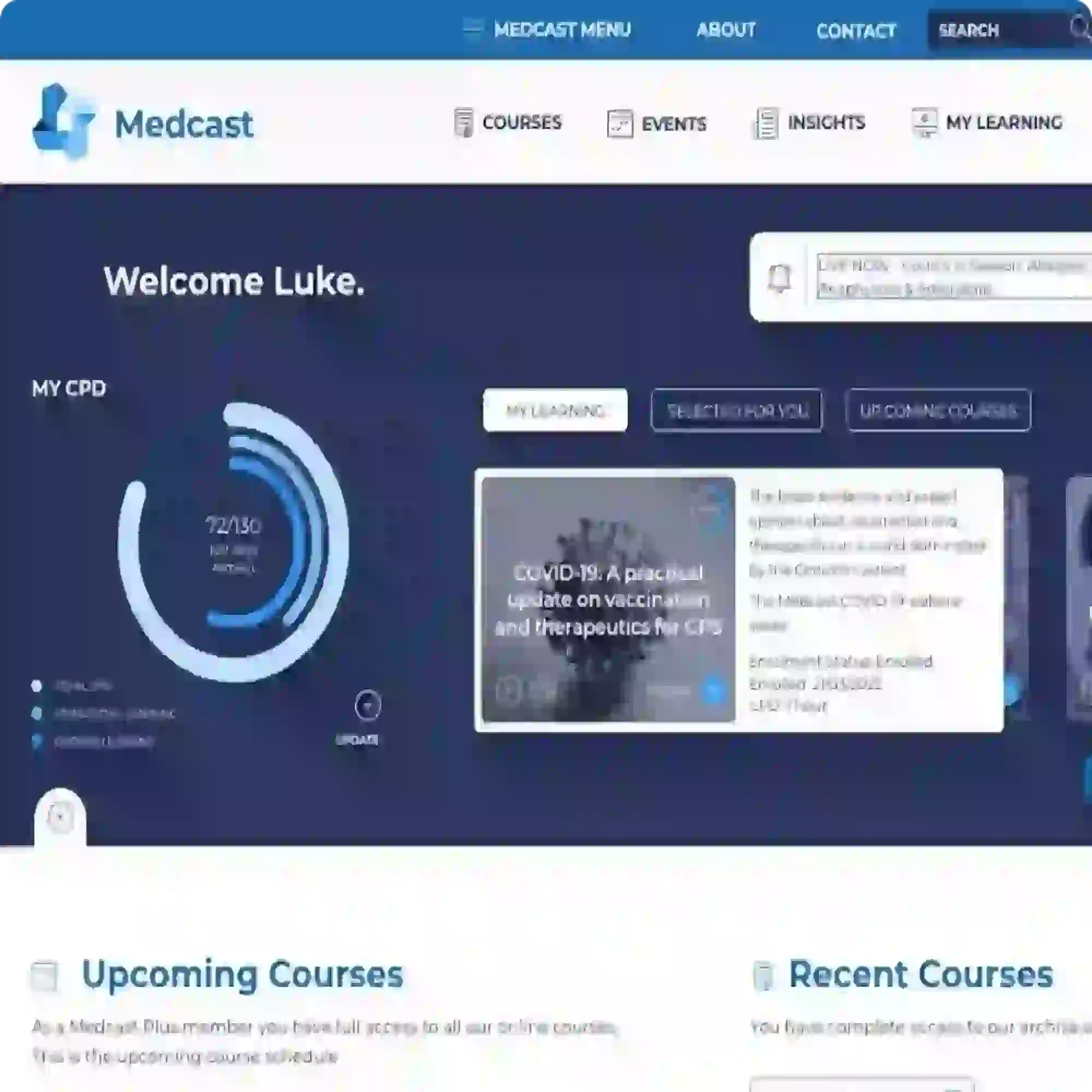Non-adherence to thromboprophylaxis prescribing in general practice – the views of GPs
Last year, I conducted a series of interviews with GPs in order to understand their experiences with anticoagulation management in patients with atrial fibrillation (AF). It is well known that AF is the most common arrhythmia seen in Australian general practice, and that the use of anticoagulants is a well-established intervention to reduce the risk of thromboembolism. This is reflected in the 2018 National Heart Foundation of Australia and the Cardiac Society of Australia and New Zealand AF guidelines.
As such, I wanted to know more about GPs’ experiences with anticoagulation, and any barriers they may have with initiating anticoagulation. Below is what I found out from the research study:
- Clinical practice guidelines, including the AF guidelines above, were not the primary sources of information on thromboprophylaxis in AF. Clinical guidelines were regarded as bulky and time consuming, and focus on single disease conditions, making it challenging to readily apply them.
- Instead, educational activities and concise resources such as journal articles and guideline summary documents were regarded as more useful means of keeping up to date with current recommendations.
- Balancing the thromboprophylactic benefits of oral anticoagulants with their bleeding risk was a major challenge in prescribing decisions.
- When compared to using formal stroke risk assessment tools like the CHA2DS2-VA, a major gap existed in applying formal bleeding risk assessment tools e.g. HAS-BLED. Instead, bleeding risk assessment was mainly done based on clinical assessment.
- In terms of bleeding risk, aspirin was seen as a safer option to oral anticoagulants by some GPs,
- Access to a cardiologist can sometimes be challenging, especially through the public system.
- Patients’ refusal to take oral anticoagulants can sometimes affect prescribing decisions.
For more information, see the published paper
If you are interested in the latest clinical updates on AF, and multiple other general practice topics, join us in February for our signature CPD program, the 2022 version of Hot Topics GP Update course.
Eyob Gebreyohannes (PhD candidate at the University of Western Australia – Optimising anticoagulation in atrial fibrillation in Australian general practice setting.)
Email: [email protected]

BPharm, MSc, Ph.D. Candidate
Division of Pharmacy • School of Allied Health
Faculty of Health and Medical Sciences, University of Western Australia
Become a member and get unlimited access to 100s of hours of premium education.
Learn moreCo-billing and split billing are often a source of confusion for many GPs. This FastTrack clearly defines these two methods of billing, including examples, explanations of when it is and isn’t appropriate to co- or split bill, and common compliance pitfalls. 30 mins each RP and EA available with the quiz.
The Coordinated Veterans’ Care (CVC) Program is a DVA initiative that allows GPs to provide structured, proactive care in the community for eligible veterans and war widows. This FastTrack provides a guide to billing the CVC program, and outlines a strategy for its practice-wide integration.
Achilles tendinopathy is a common cause of posterior heel pain and functional impairment. GPs are well-placed to coordinate care for these patients. This FastTrack fact sheet provides a concise summary of diagnosis and non-surgical management, including when to refer. Earn 30mins each RP and EA CPD with the quiz.

